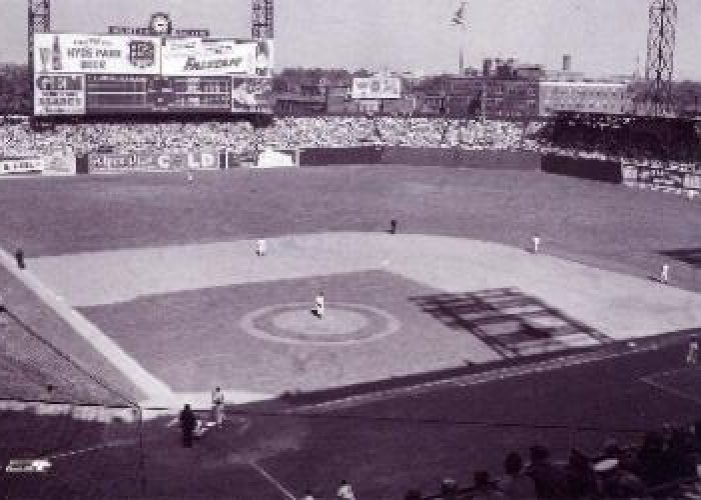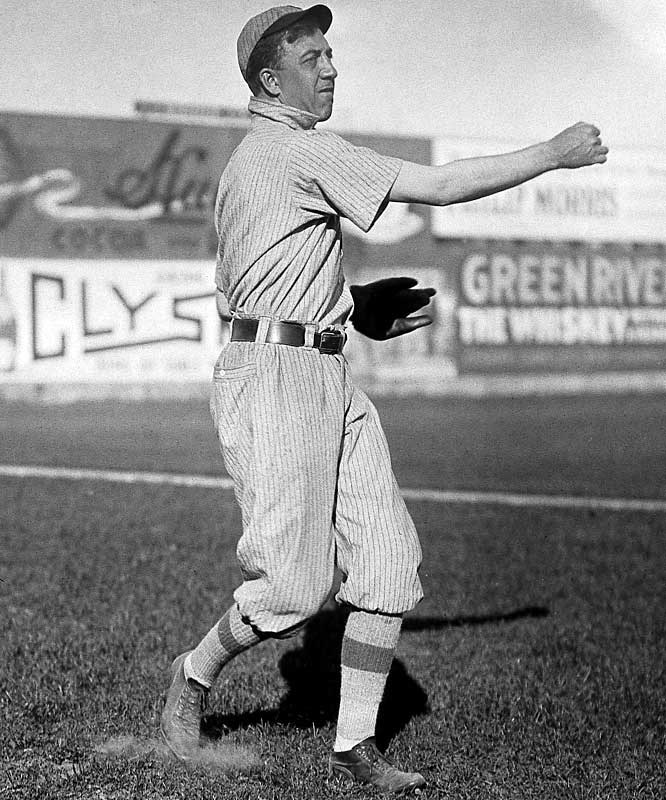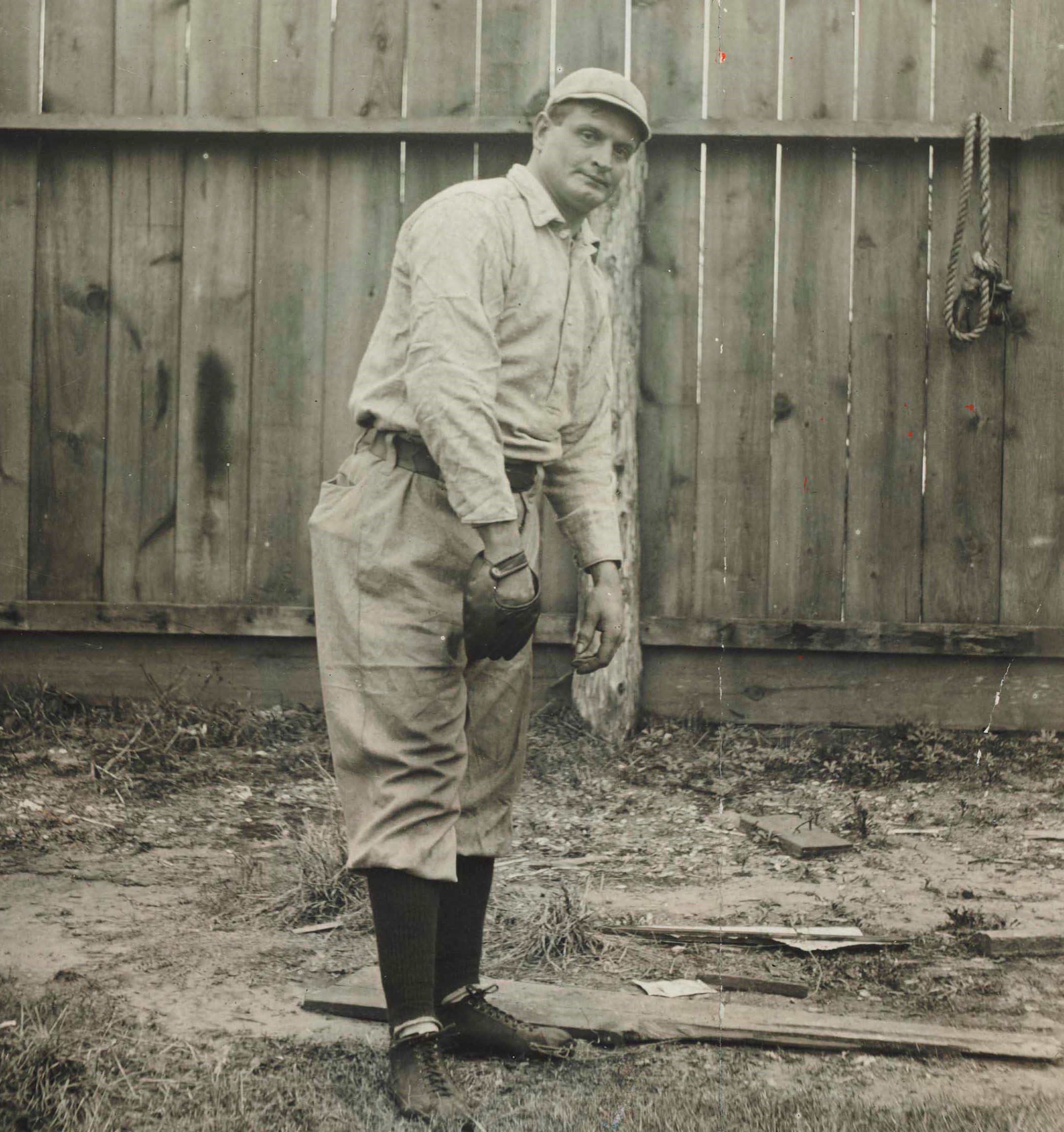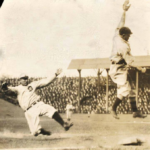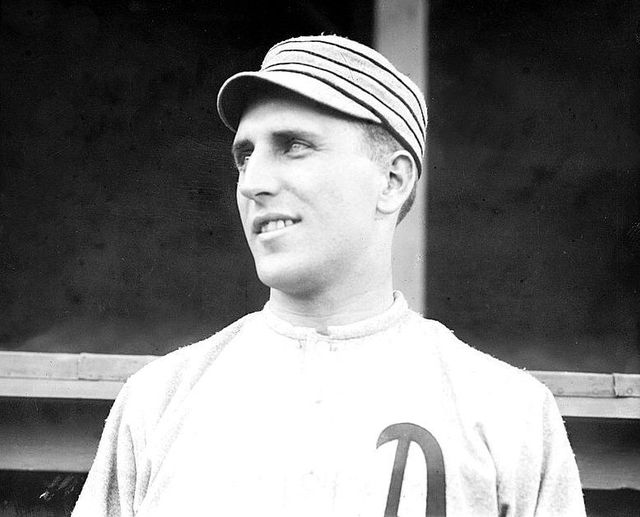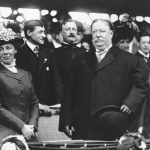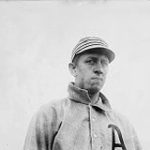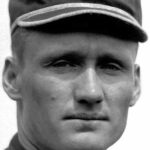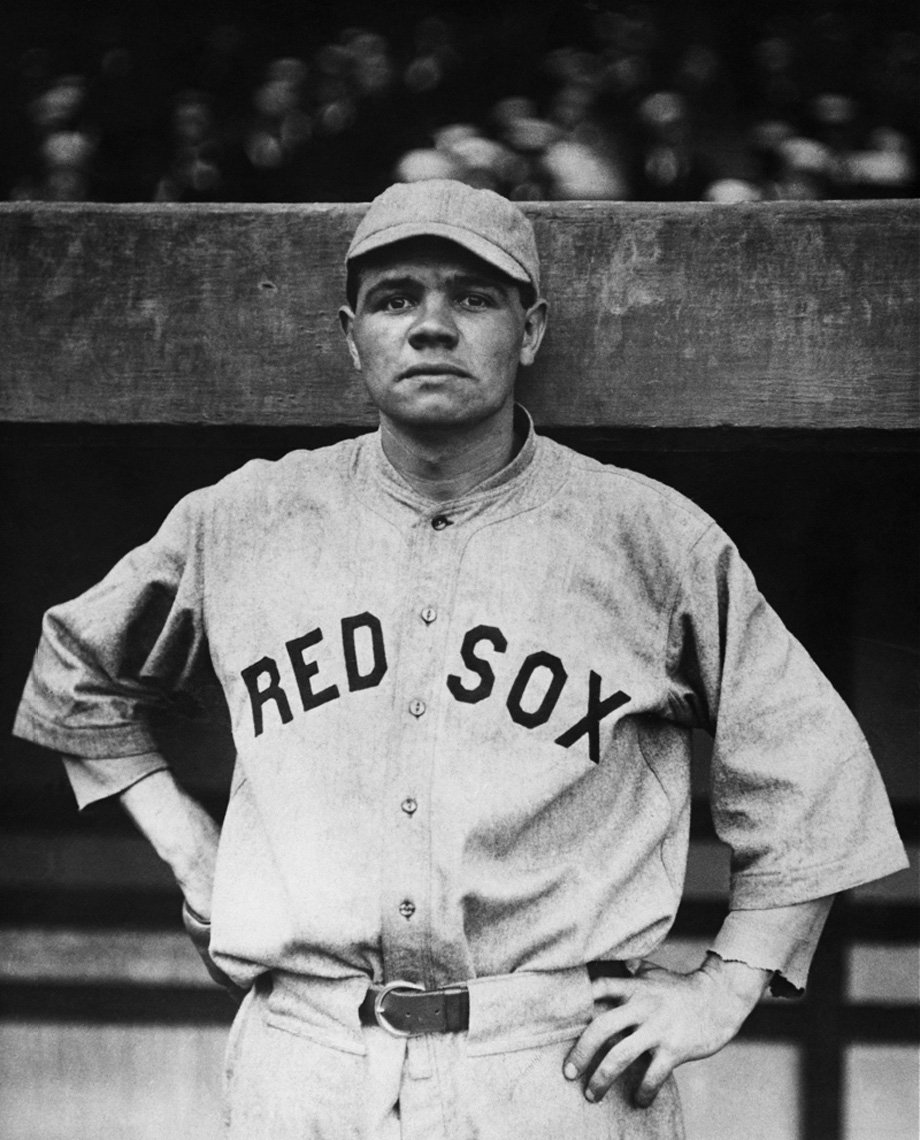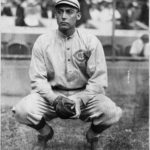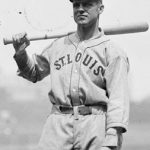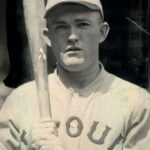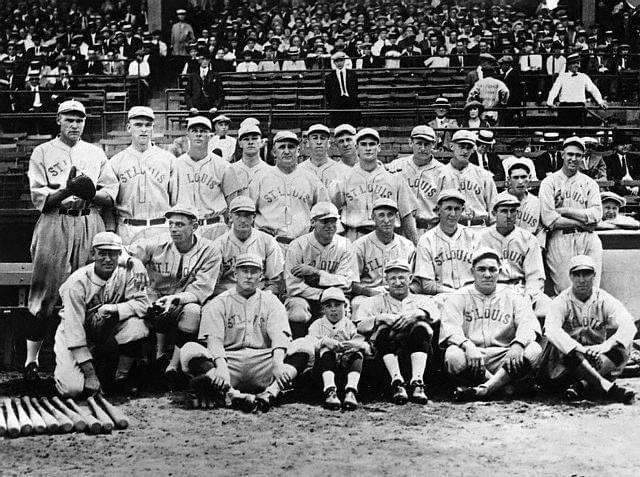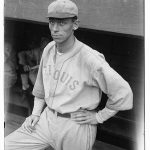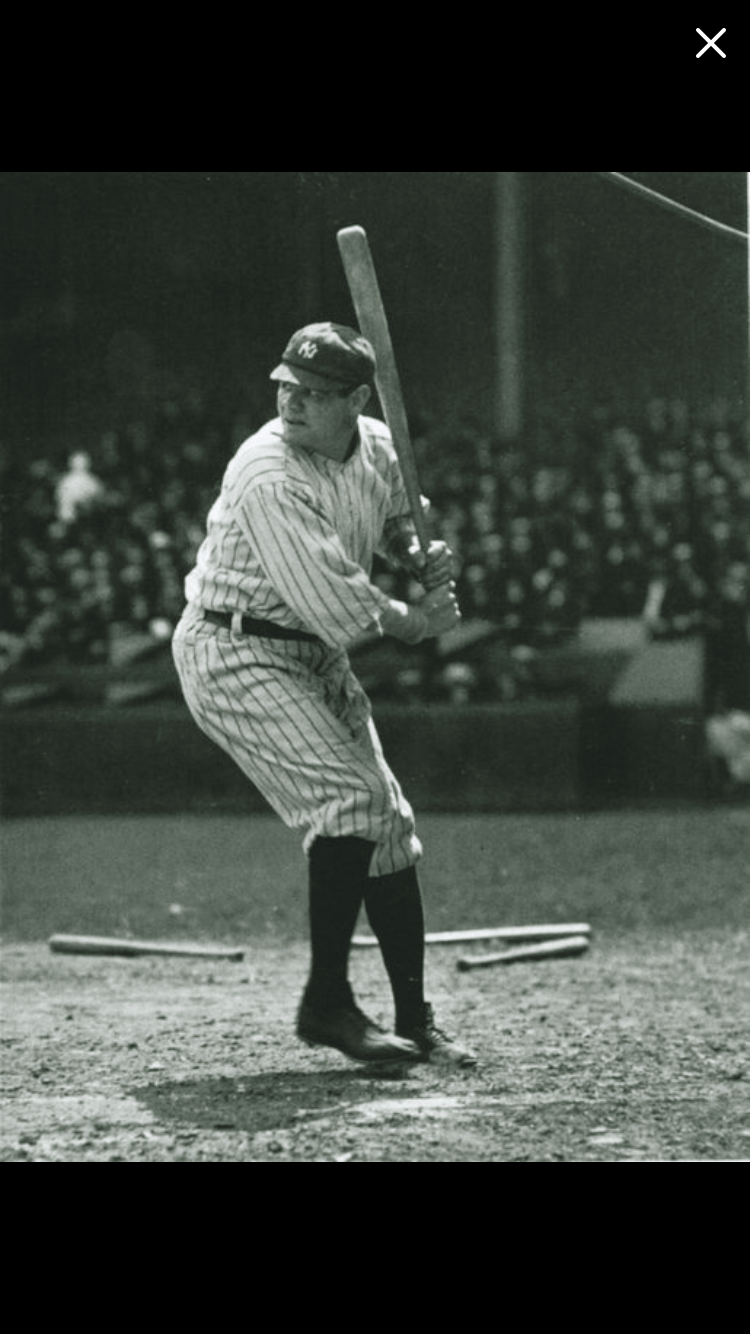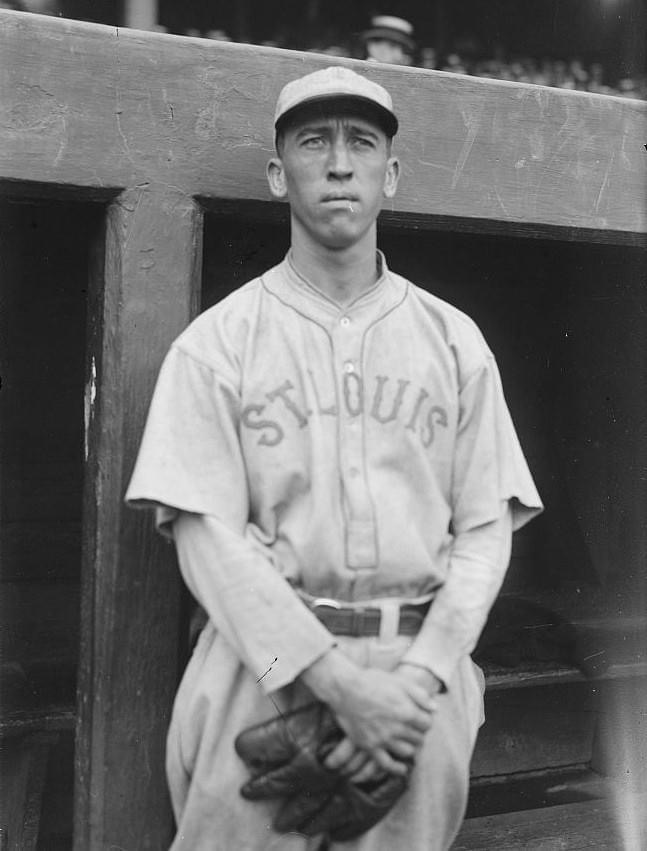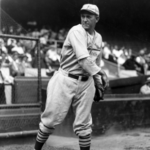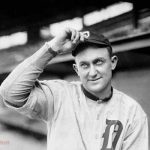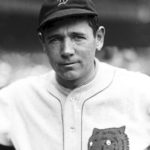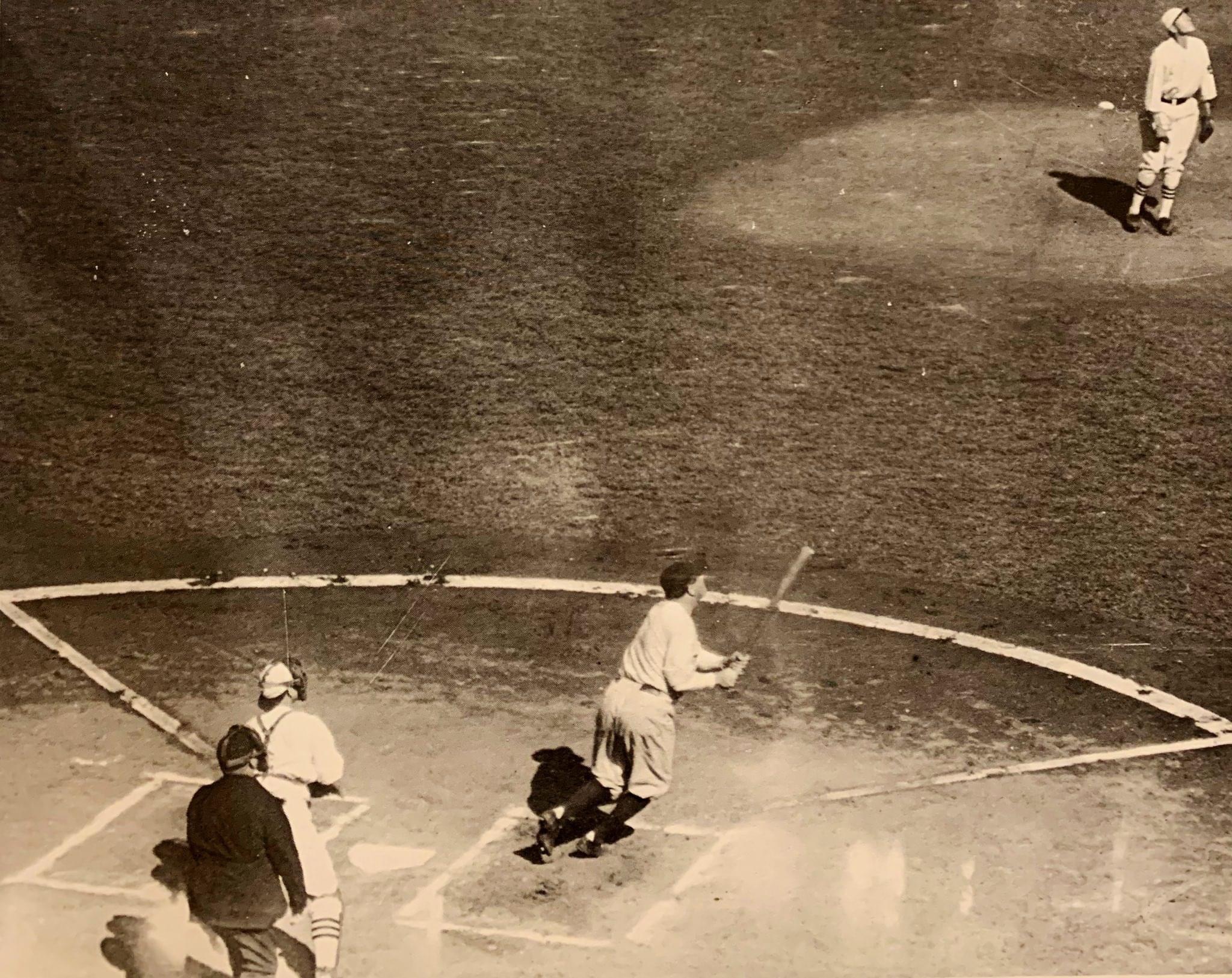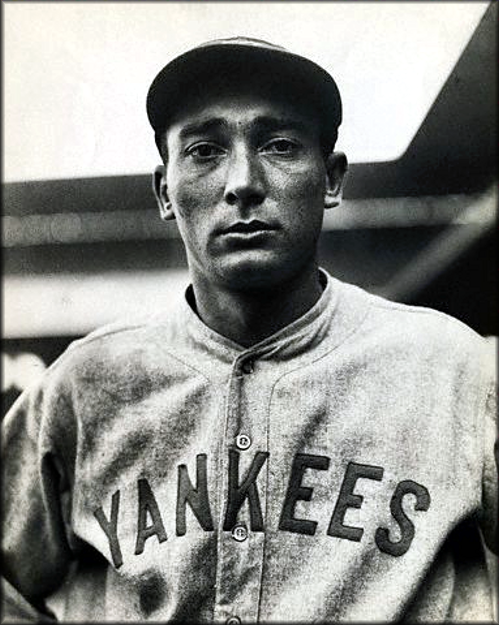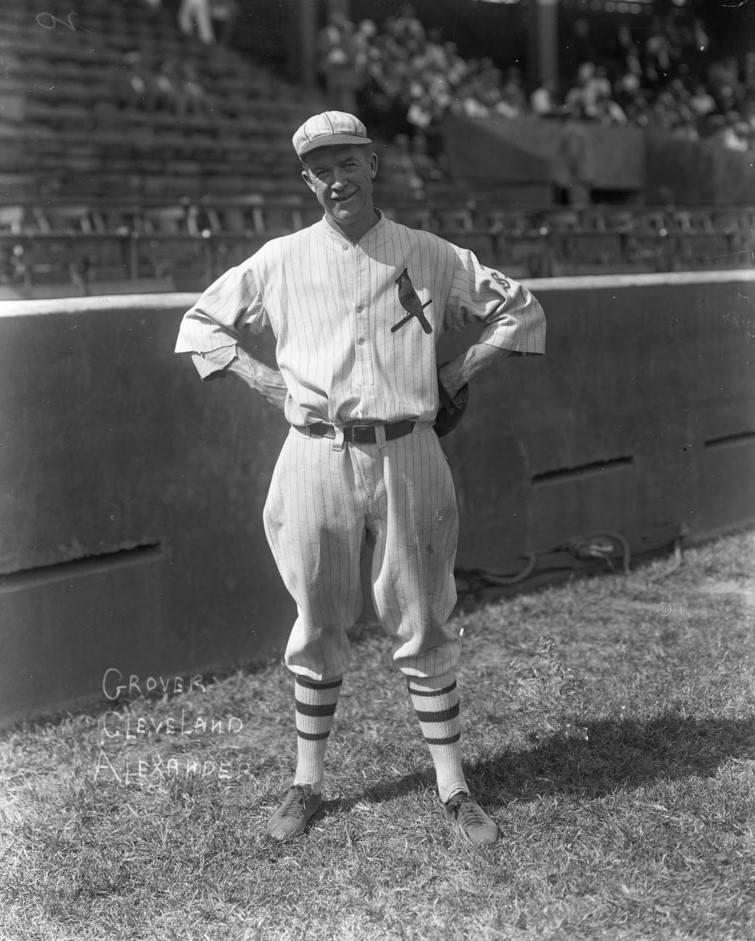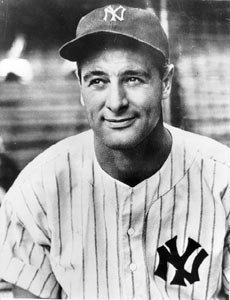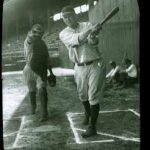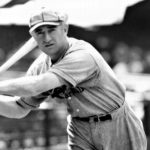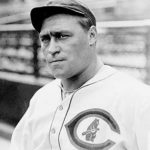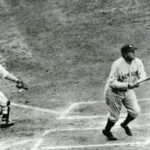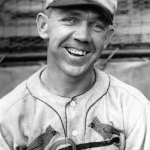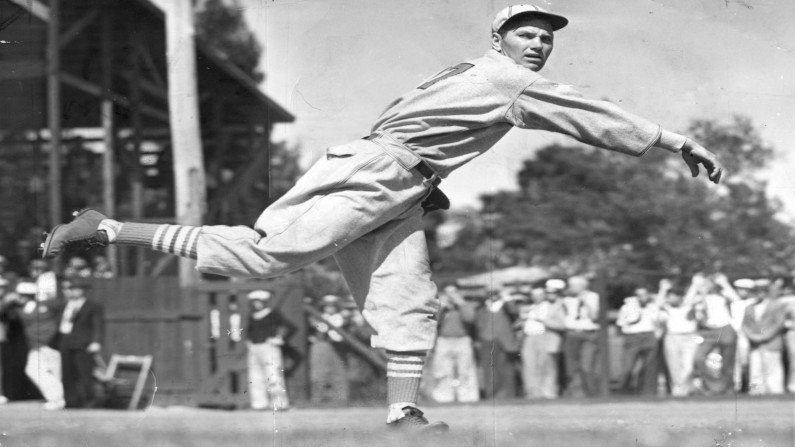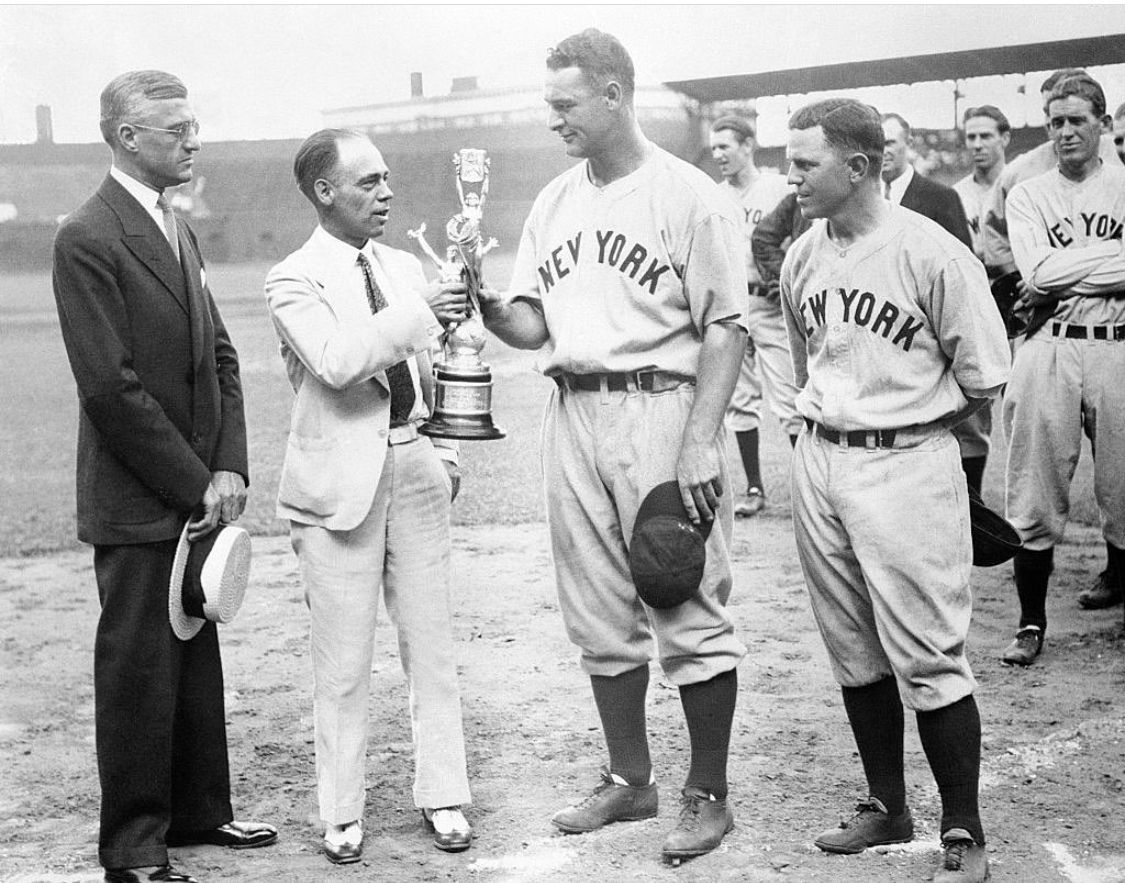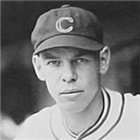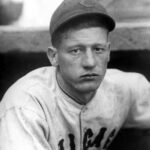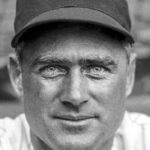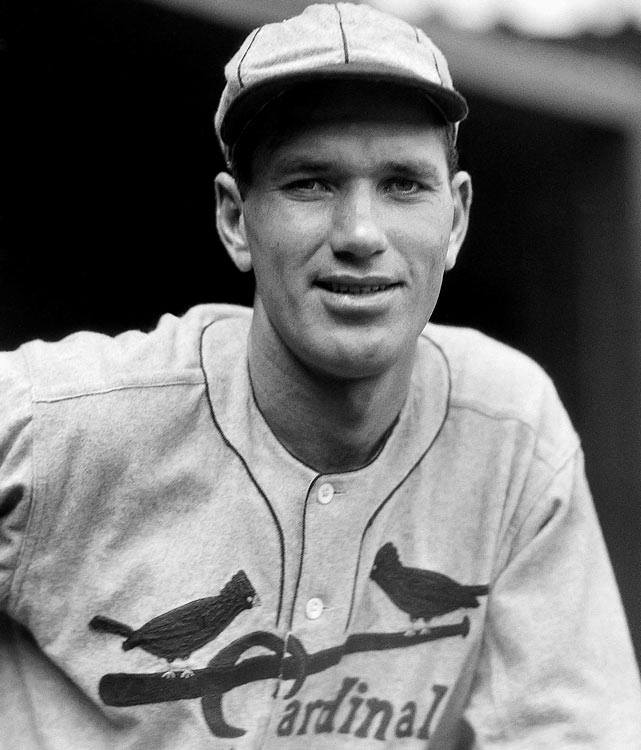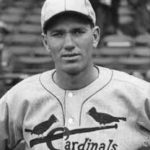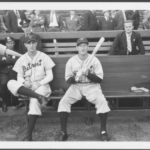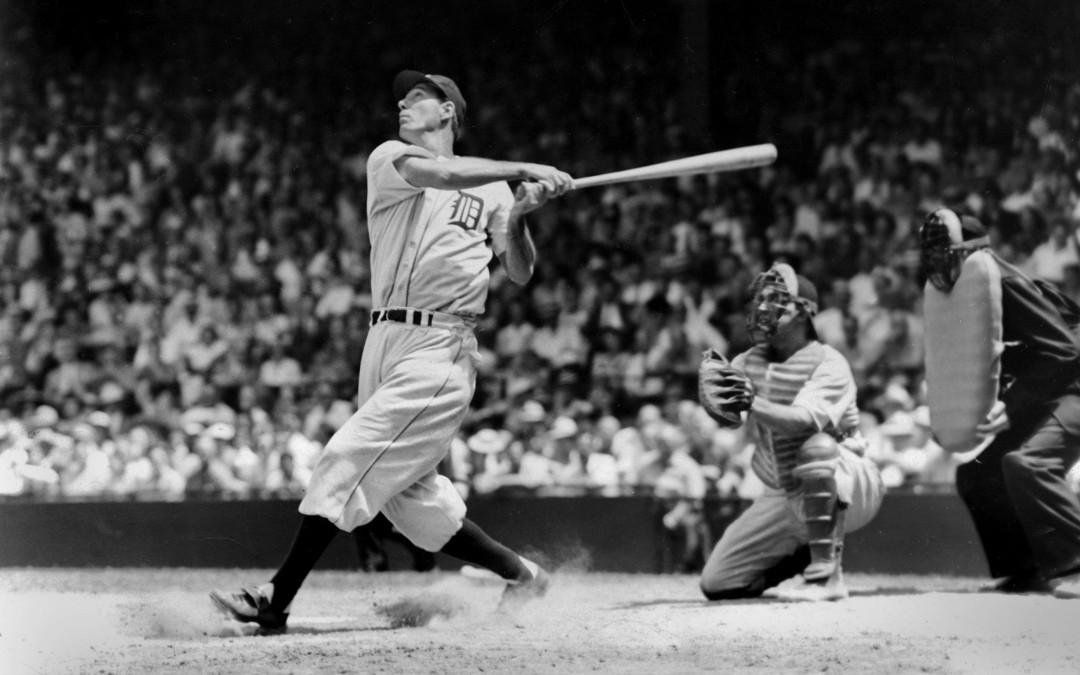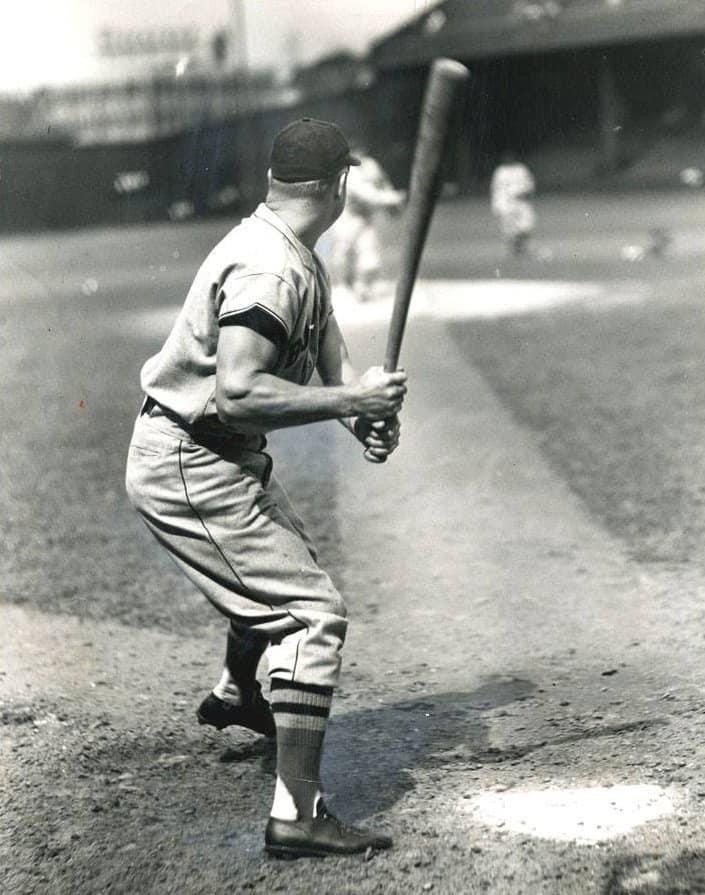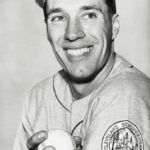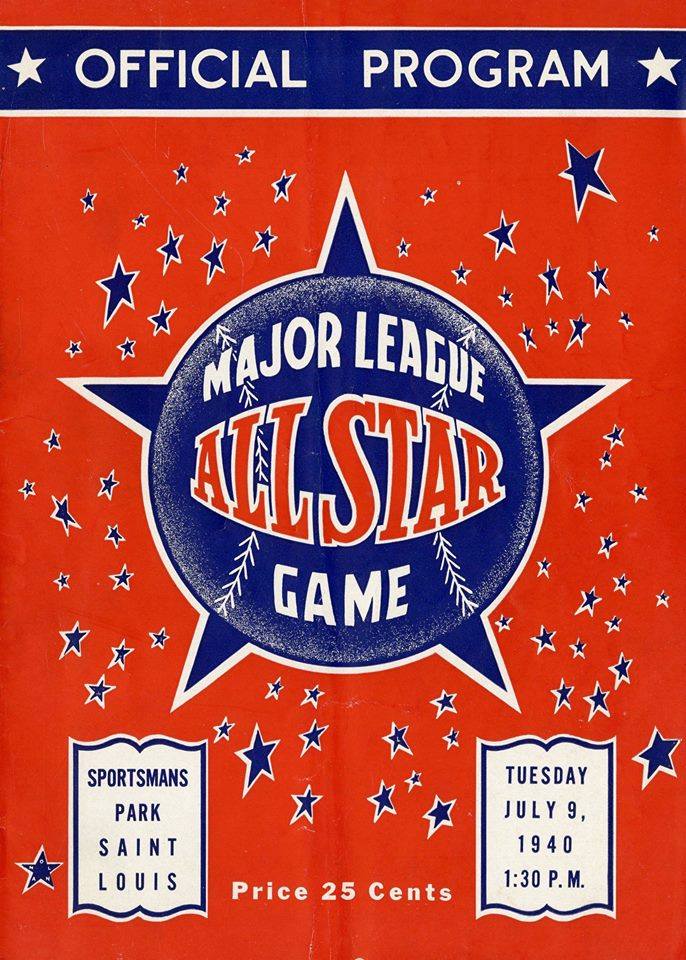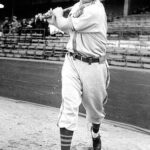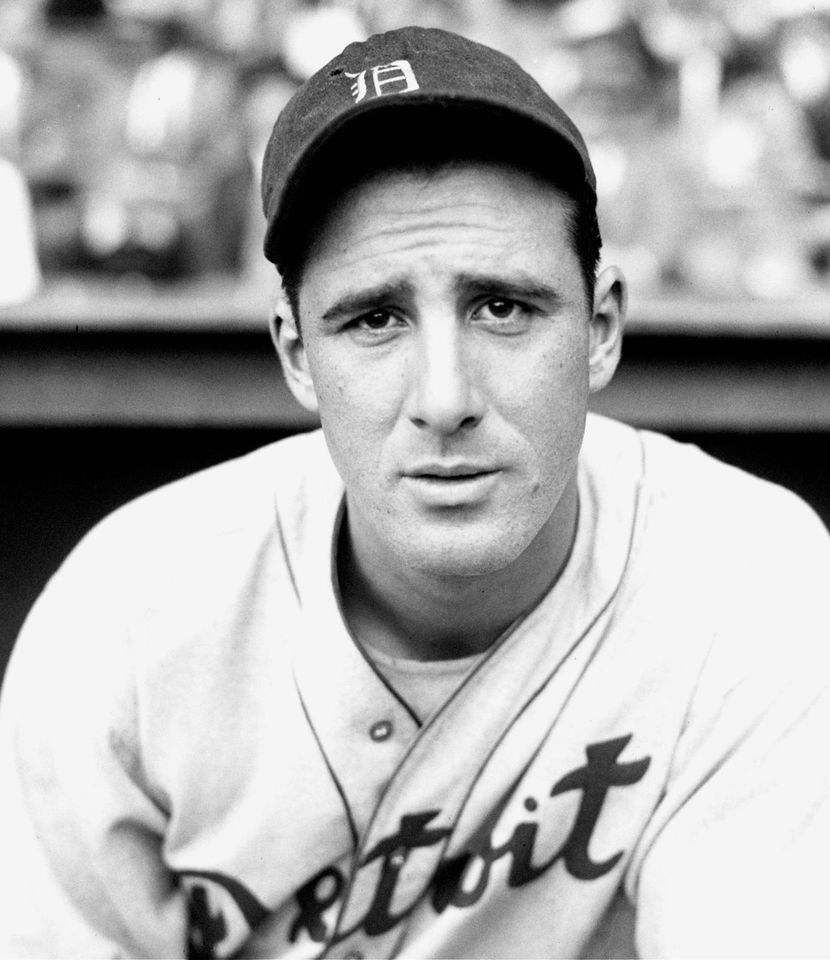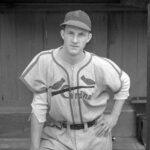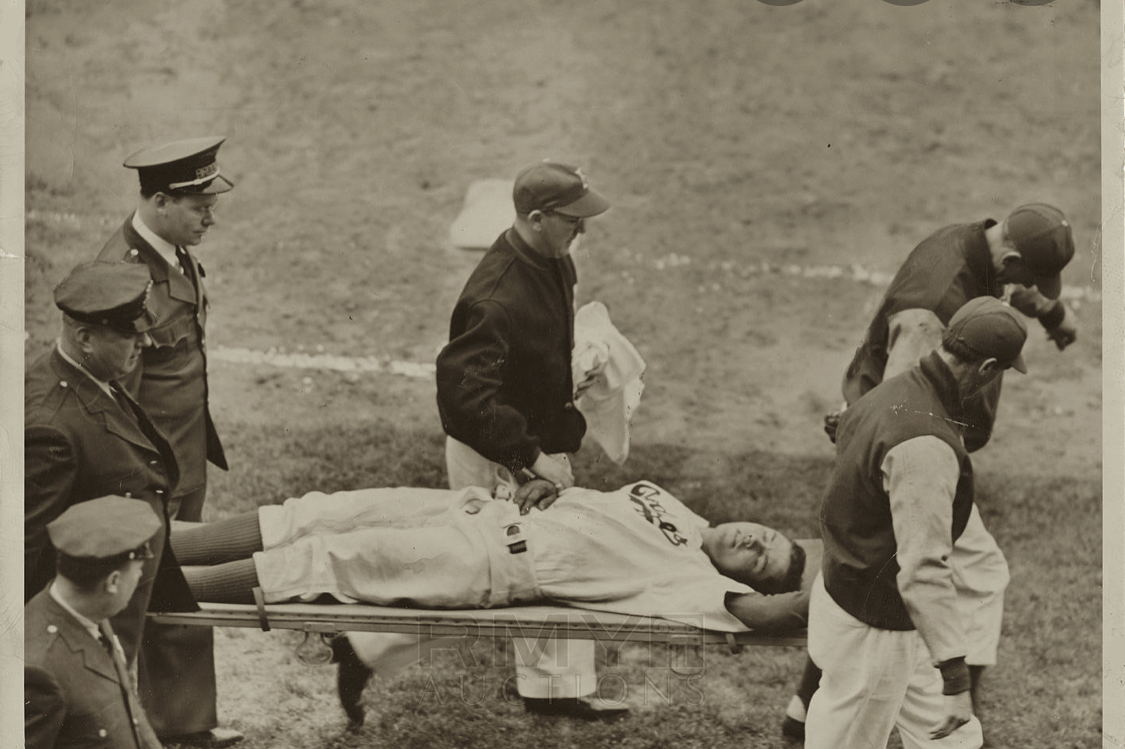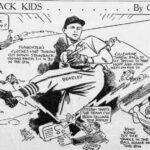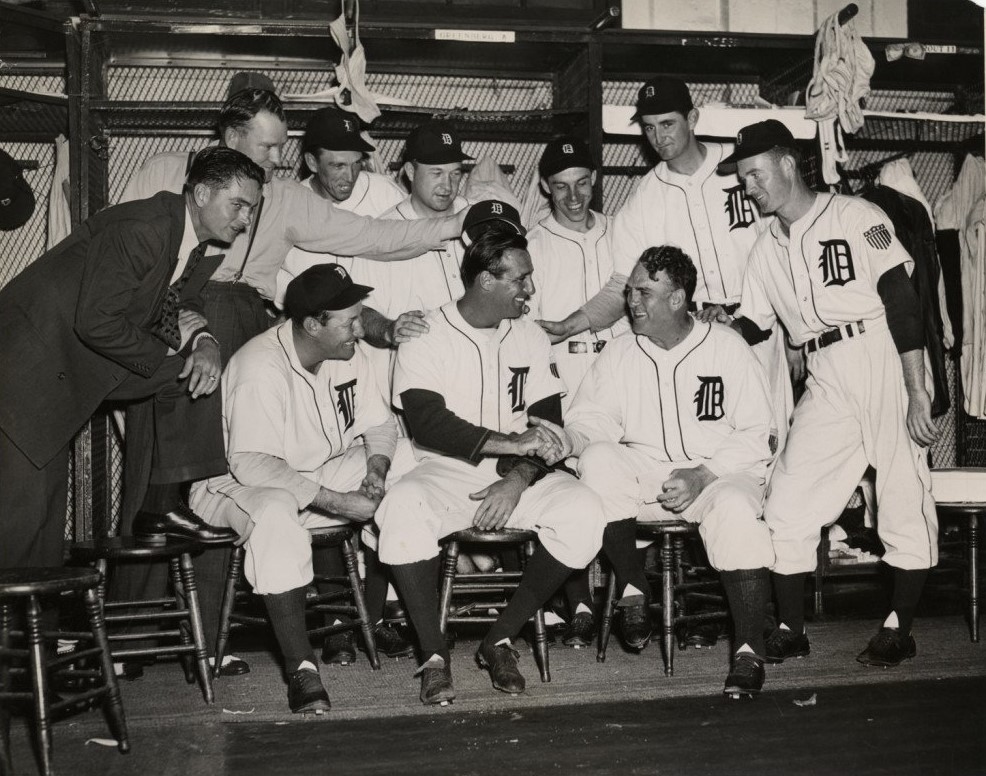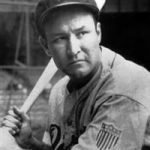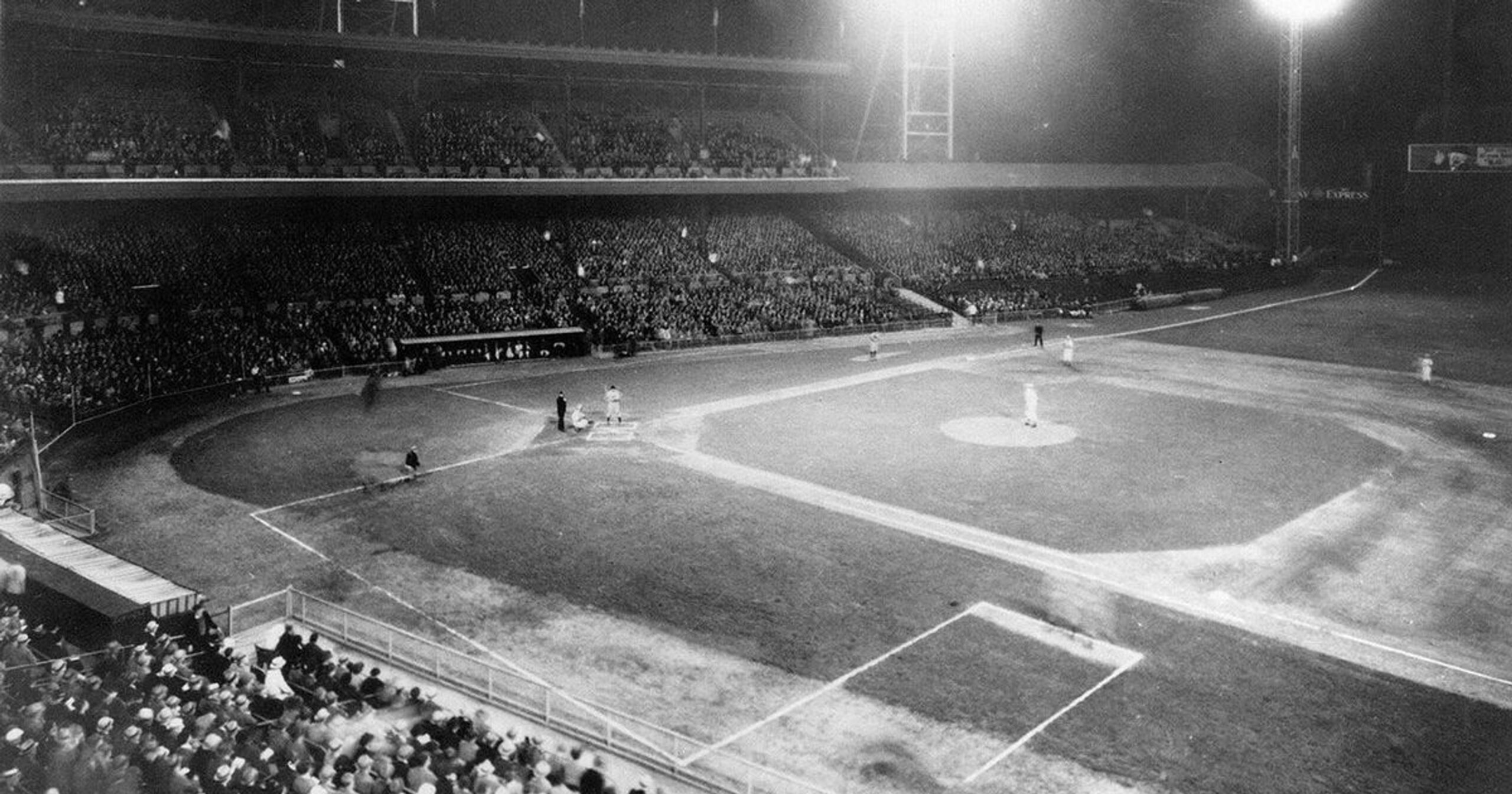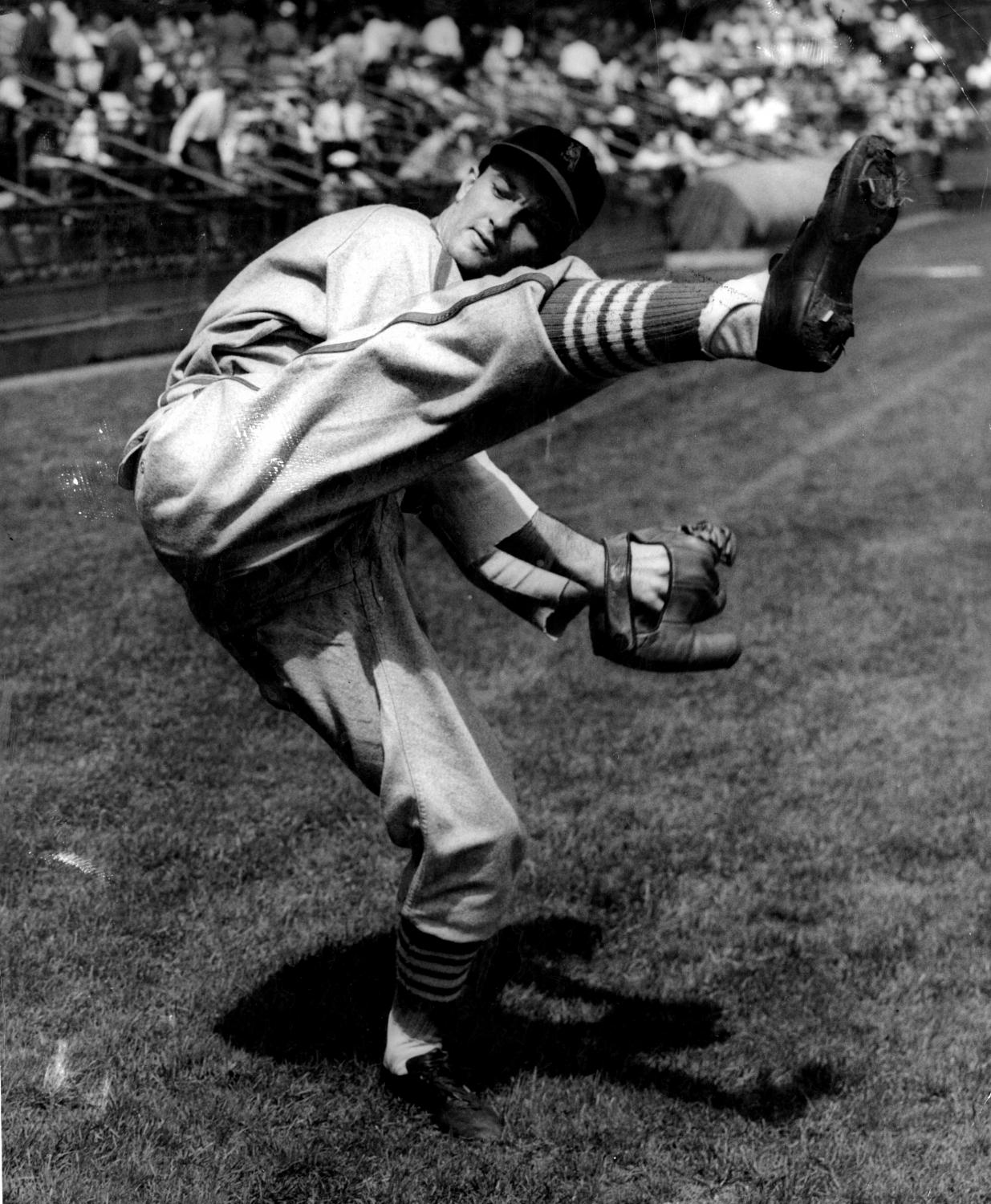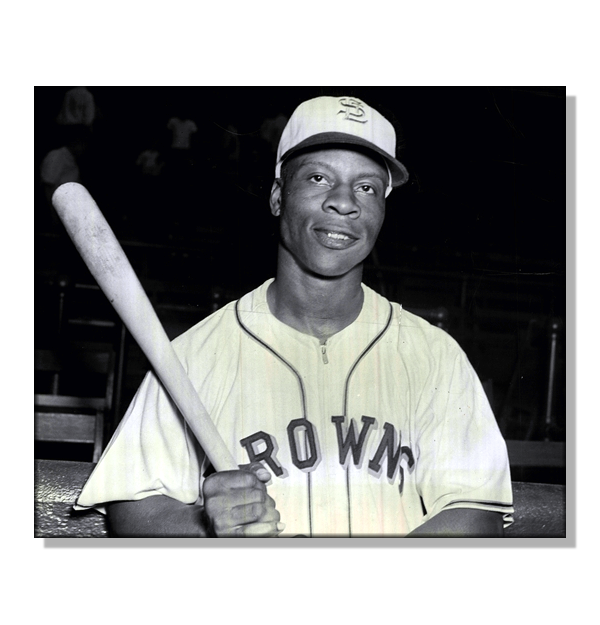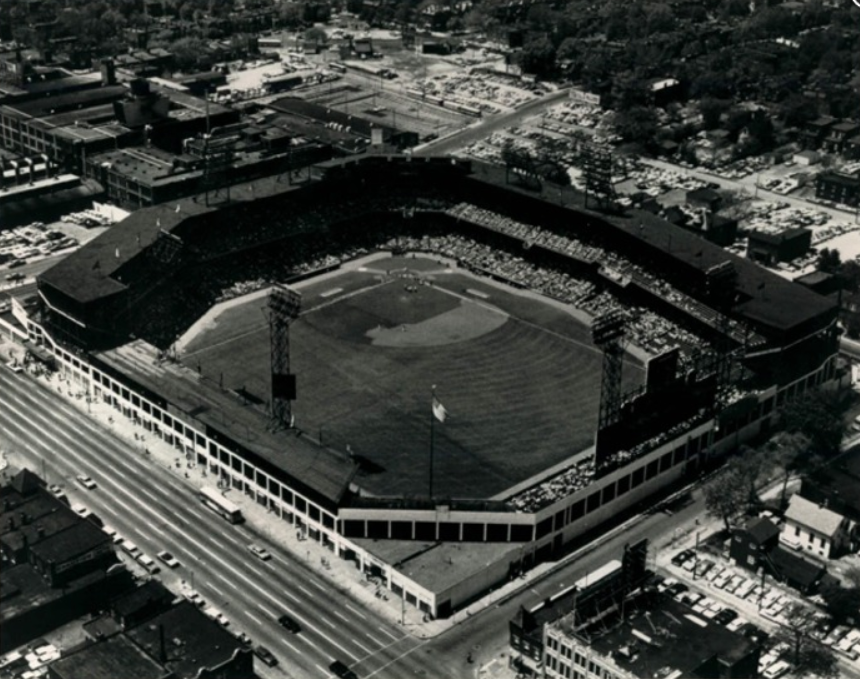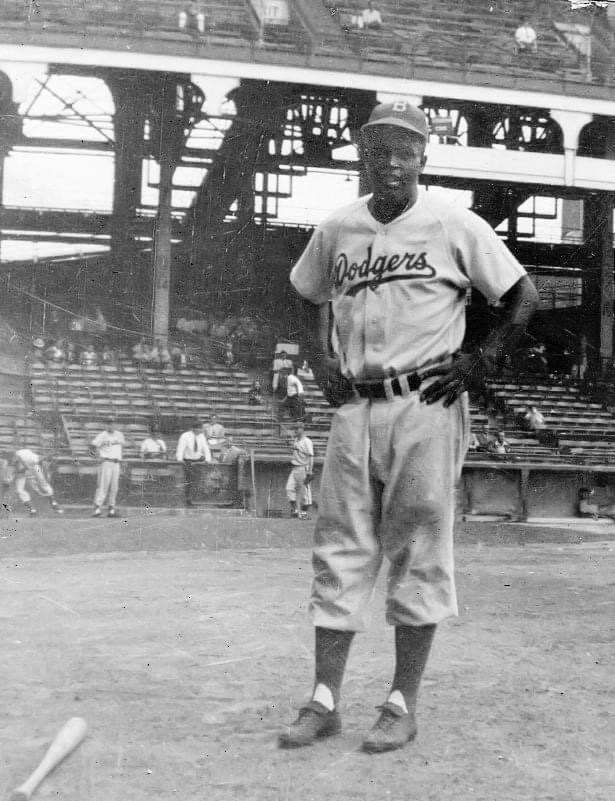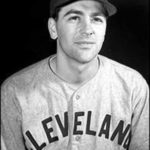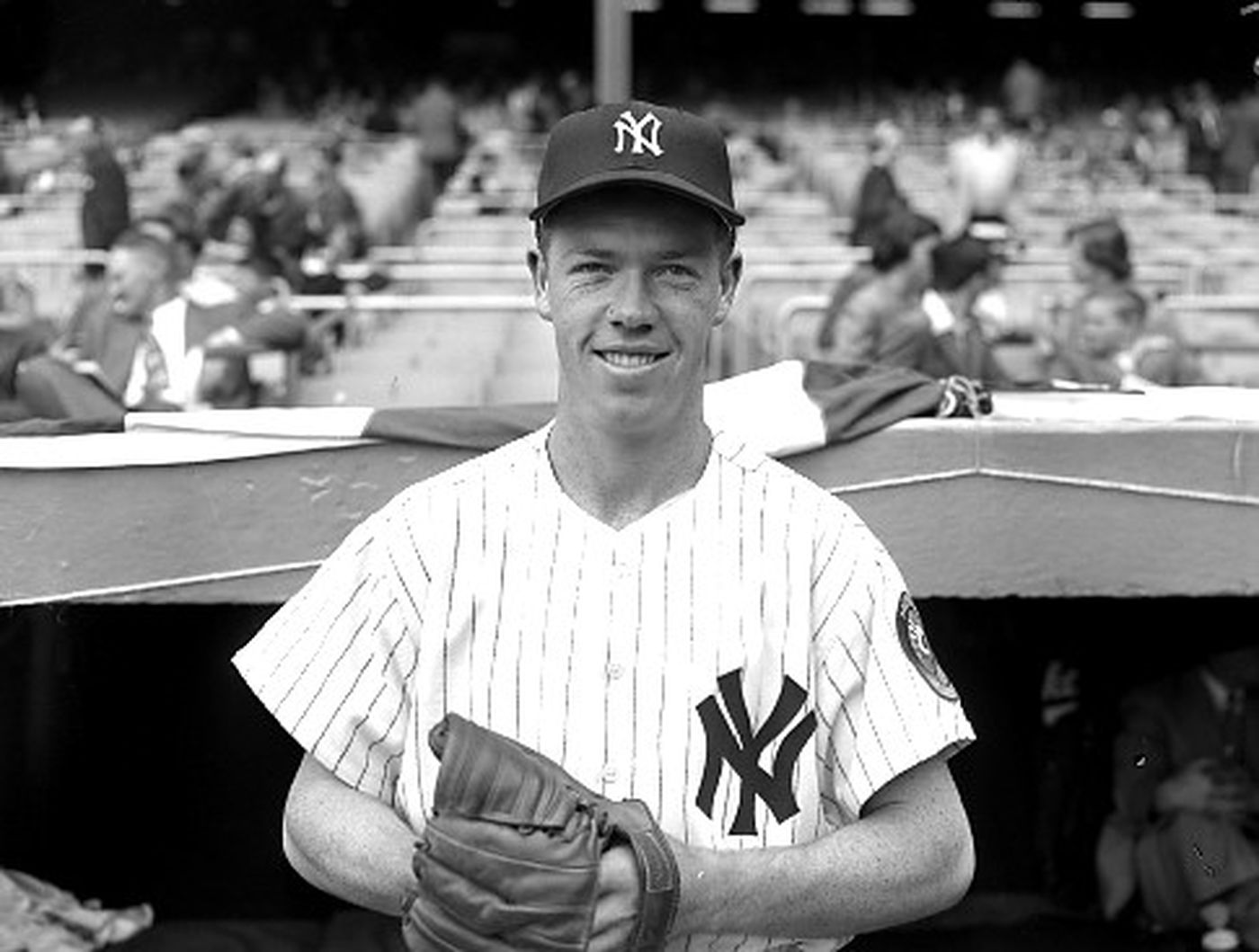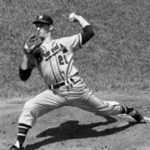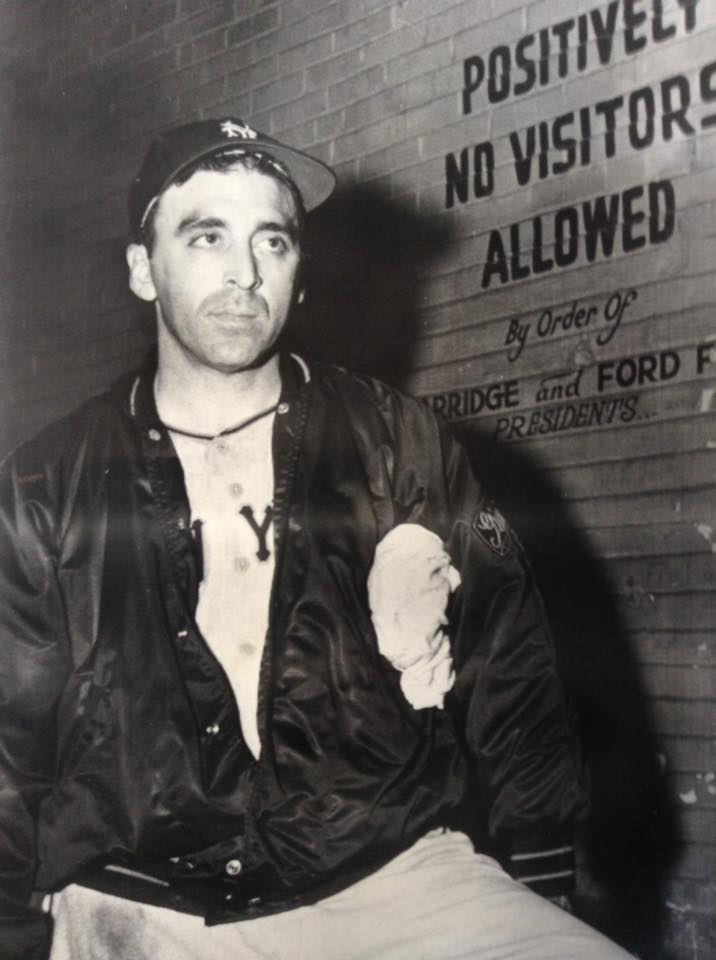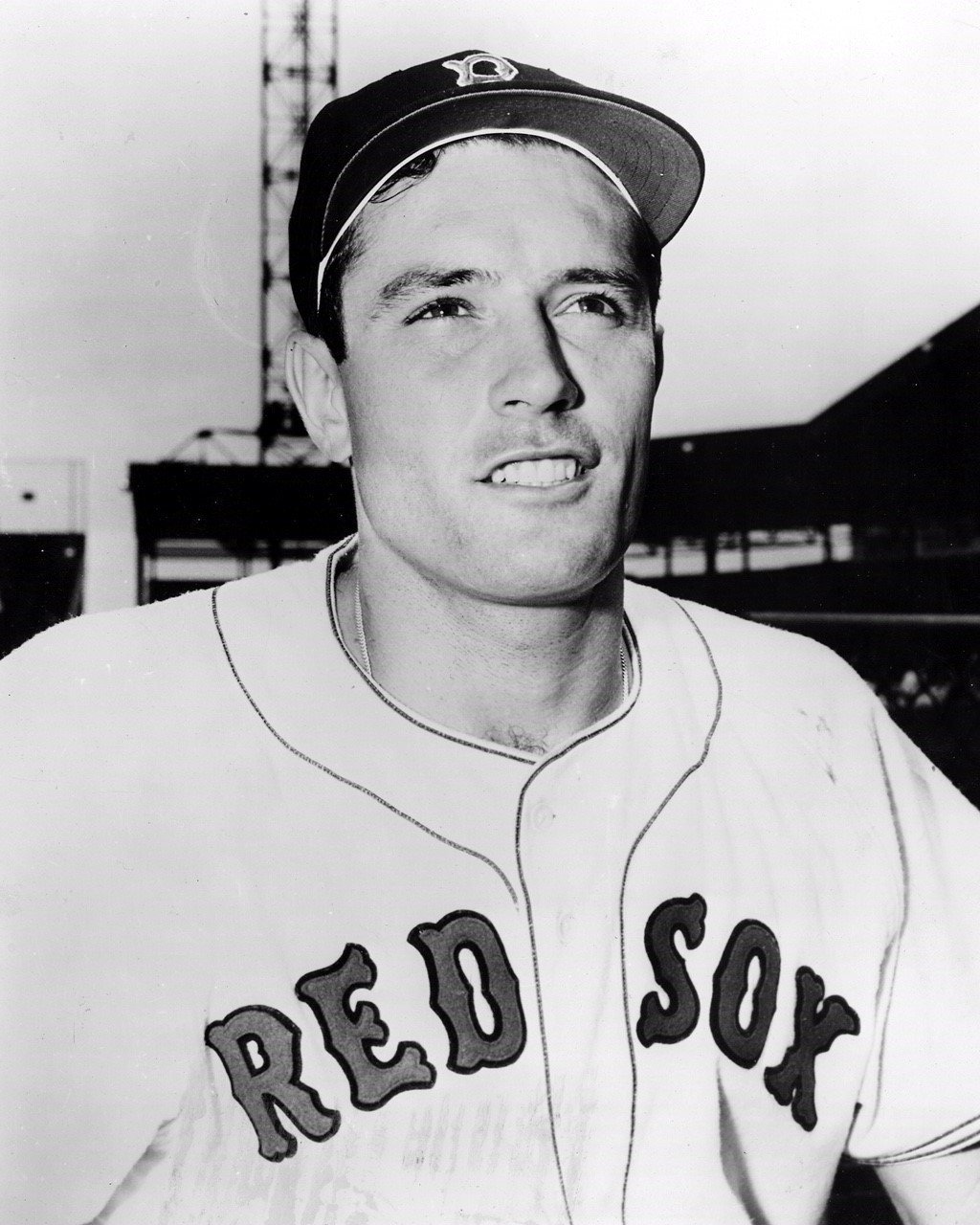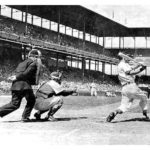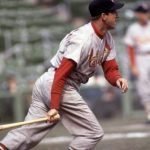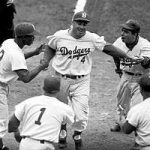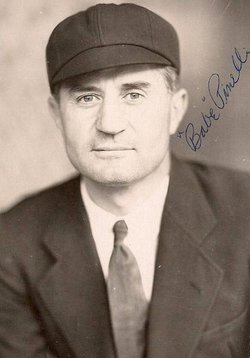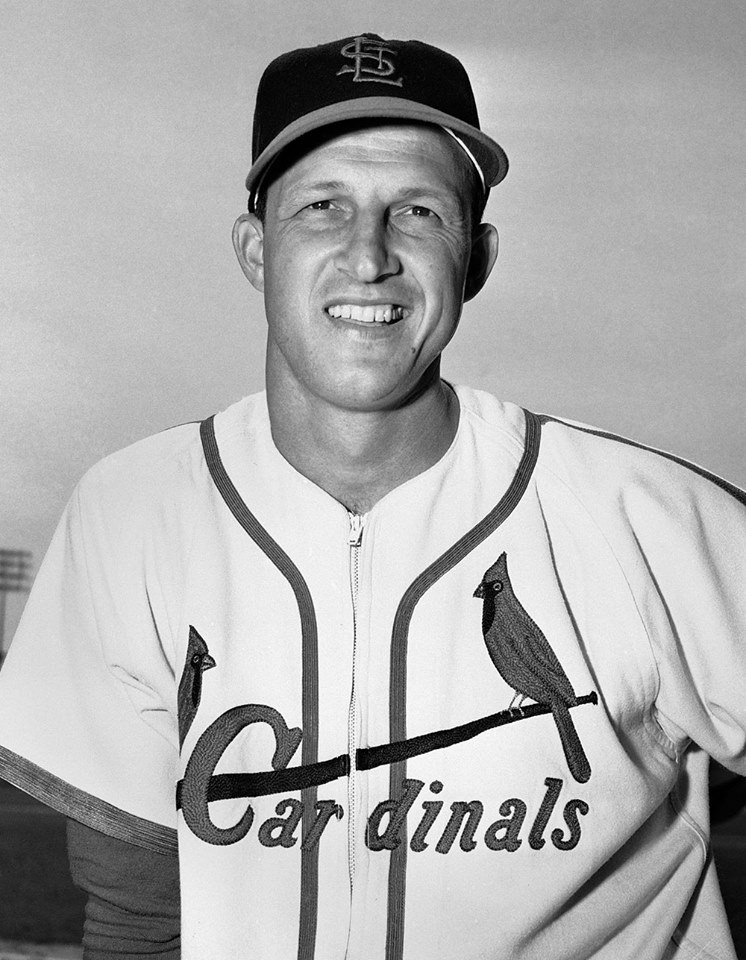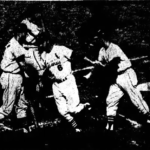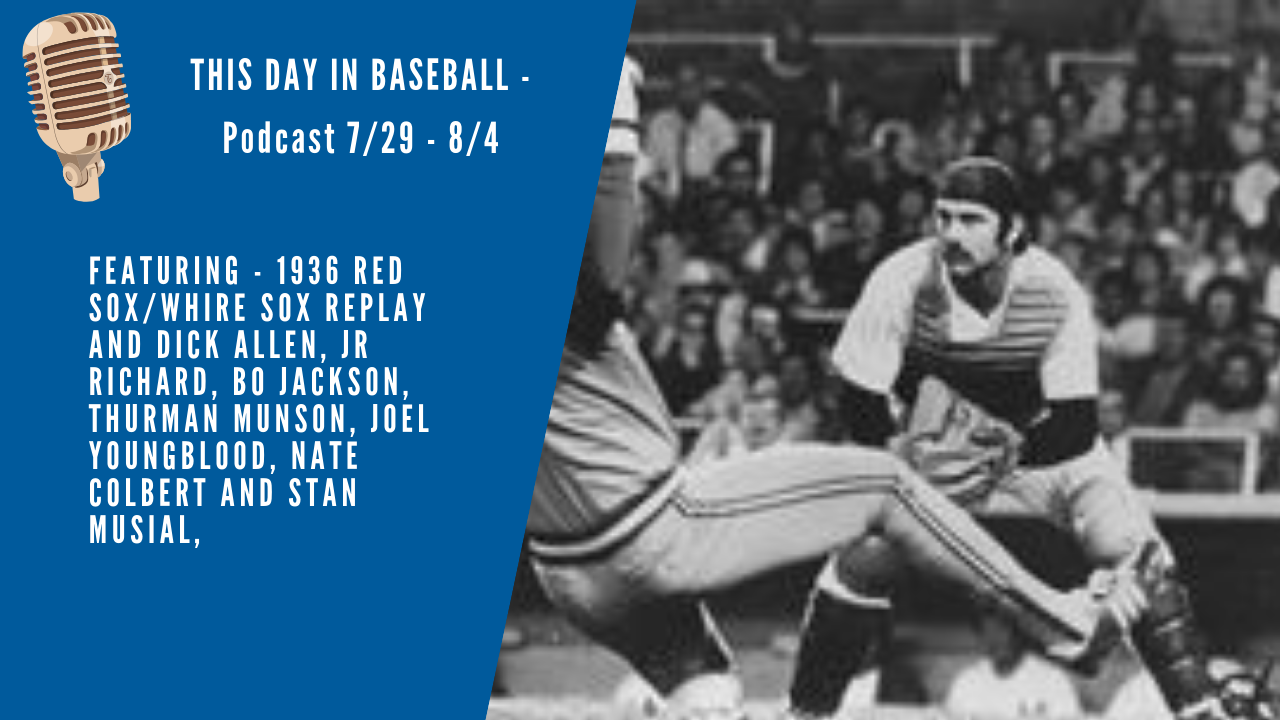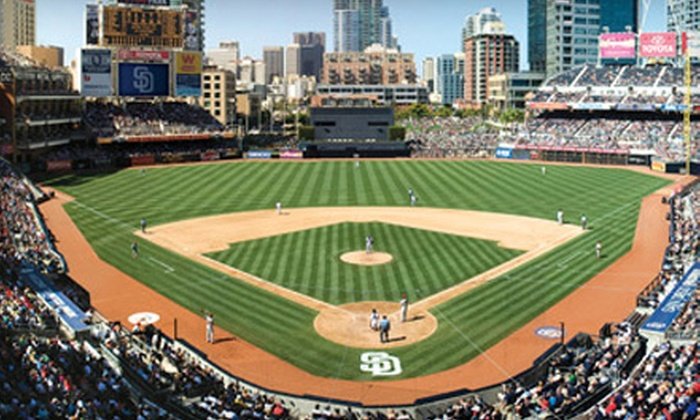Sportsman’s Park III, Busch Stadium I, St. Louis,MO,
Ball Park First Game
Date – 04/15/1909 (2)
Starting Pitchers – Browns vs. Naps (Indians): 04/14/1909
Final Score 4-2 (CLE)
Attendance – 21,357
Starting Pitchers Jack Powell (SLA); Addie Joss (CLE)
First Batter – Nig Clarke (CLE) Result – Popped Out
First Hits – Tom Jones (SLA),Doubled
First Run – Bill Bradley (CLE)
First RBI – Bill Hinchman CLE)
First Homerun – Danny Hoffman (SLA) vs. Cy Young (CLE) on 04/15/1909 (6th inning)
First Grandslam – Joe Jackson (CLE) vs. Jack Powell (SLA) on 05/07/1911 (12th inning)
First Inside Park Homerun – Danny Hoffman (SLA) vs. Cy Young (CLE) on 04/15/1909 (6th inning)
First No Hitter – Eddie Cicotte (CHA) vs. Browns on 04/14/1917
Ball Park Lasts
Last Game – Cardinals vs. Giants: 05/08/1966, Final Score – 10-5 (SFN)
Attendance – 17,503
Starting Pitchers – Larry Jaster (SLN); Bob Shaw (SFNN), Winning Pitcher – Lindy McDaniel (SFNN) Losing Pitcher – Tracy Stallard (SLN)
Last Batter – Alex Johnson (SLN), result – 6-4-3 DP
Last Hit – Jim Ray Hart (SFNN), Singled to RF (9)
Last Run – Willie Mays (SFNN), Last RBI – Willie Mays (SFNN)
Last HR – Willie Mays (SFNN) vs. Hal Woodeshick (SLN) on 05/08/1966 (9th inning)
Last Grand Slam – Orlando Cepeda (SFN) vs. Art Mahaffey (SLN) on 05/07/1966 (3rd inning)
Last Inside The Park Homerun – Lou Brock (SLN) vs. Jack Fisher (NYN) on 05/22/1965 (1st inning)
Last No Hitter – Bobo Holloman vs. Athletics on 05/06/1953
TRIVIA –
Browns slugger Ken Williams hit three homers against the White Sox on April 22, 1922 and became the first American Leaguer to hit three home runs in a game; On Augsut 19, 1951 rookie Eddie Gaedel, a three-foot seven inch midget, made his first and only major league appearance and walked on four pitches; After four mostly ineffective relief appearances for the St. Louis Browns, Bobo Holloman made his first major league start on May 6, 1953 and tossed a no-hitter against the Philadelphia Athletics for his first of three career wins;
World Series:
1926, ’28, ’30, ’31, ’34, ’42, ’43, ’44, ’46, ’64.
All-Star Games:
1940, ’48, ’57
FIRST IMPRESSION
It was home for the Gashouse and Knothole Gangs, a playground for unlikely heroes named Dizzy, Rajah, Pepper, Frankie, Ducky, Enos, Gibby and Stan the Man. This is where the Horse Lady whinnied and a goat was used to trim the outfield grass-some say a little too close for comfort. Sportsman’s Park was a sometimes-wacky, always-raucous baseball funhouse — a place of magic where a midget and one-armed outfielder could play with the big boys and the game’s most depressed franchise could rise to storybook prominence and win a pennant.
How could you not like Sportsman’s Park, where life was never dull and memories of the people who cheered and competed there remain as vibrant as the colorful Budweiser eagle that flapped its wings atop the massive left field scoreboard for more than a decade, as if threatening to carry the ballpark and everybody in it off to baseball heaven? This was a ballpark of the people, where stars were revered, characters often were bigger than life and popularity was as much a measure of personality as success.
In retrospect, it’s hard to imagine how Sportsman’s Park thrived for 33 years as a house divided-between the American League Browns and the National League Cardinals from 1920-53, the longest ballpark co-habitation in history. The Browns were owners and the Cardinals paid rent for most of that period, but Sportsman’s Park will long be remembered for the Cardinals’ successes and the Browns’ desperate and creative attempts to simply remain solvent.
SIGNATURE FEATURES
Located at the intersection of Grand and Dodier, this was the third version of Sportsman’s Park at the famous St. Louis corner, which had served the city’s baseball needs dating all the way back to 1871. Built for the Browns after the 1908 season — although the Browns played at the site as early as 1902 — while the Cardinals still were playing at tiny Robison Field, the reconstructed steel-and-concrete structure stood as a sports monument into the 1966 season in a thriving area near Gaslight Square, the Fabulous Fox theater and upscale residential neighborhoods.
That 1909 Sportsman’s Park featured a roofed double-deck grandstand that wrapped behind home plate from first base to third, a covered single-deck grandstand that extended down the left field line and single-deck bleachers that bordered the entire outfield, with lines that measured 353 feet (left) and 320 (right) and a center field distance of 430.
A renovation after the 1925 season nearly doubled the capacity to 34,000 and gave the park what sportswriter Red Smith called “a garish, county fair sort of layout” — a look it would retain over the next four decades.
The covered double-deck grandstand was extended down both lines to the foul poles, the wooden bleachers were replaced by concrete and the right field stands were roofed, creating a pavilion that would become the park’s signature feature. Because the right field line was reduced to 310 feet, the 11 1/2-foot fence was topped by a 33-foot screen that extended 156 feet toward center — a Green Monster-like barrier that would stand from mid-1929 through the life of the park, with only a one-year respite in 1955.
The pavilion, with its screened view, was the last vestige of segregation in major league baseball — the area to which blacks were restricted into the 1944 season. Overall, fans not obstructed by steel support beams were close to the field and interaction was encouraged. The players’ clubhouse walkway traveled through the home dugout and an inside corridor that was open to the fans-at first with no restriction, later with only a chain-link fence providing seclusion.
QUOTABLE
“The screen made it much more interesting,” said former Cardinals right fielder Stan Musial, who saw many of his potential home runs get sucked back into play by the imposing barrier. “The ball would fly out there and the runner didn’t know if it was going to hit the screen, go over it or how it would bounce. It was hard to score (because outfielders played so shallow) on a single to right in that park.”

